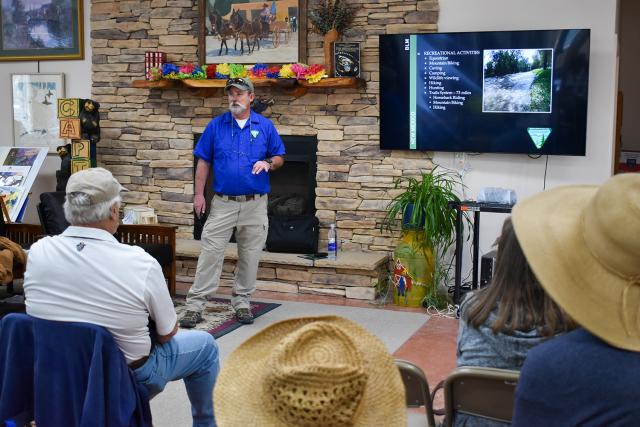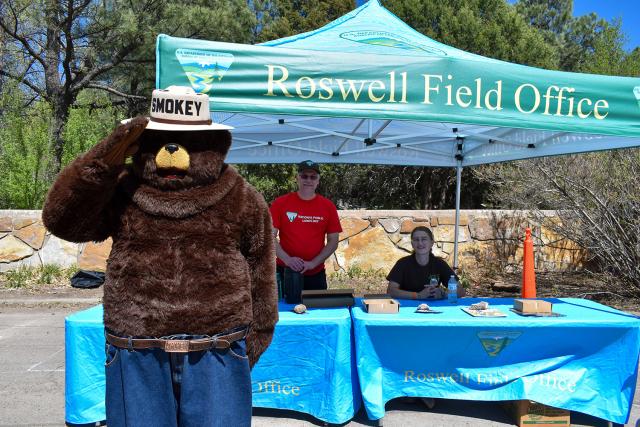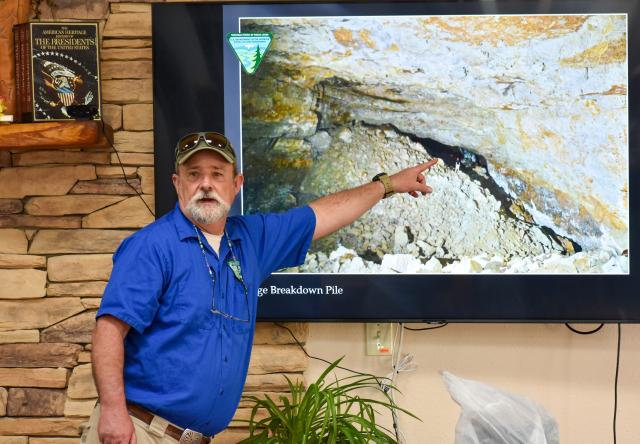Related Stories
- Inspiring Future Land Stewards Through STEAM
- State of New Mexico officials honor BLM firefighters for Camp Fire response
- Virtual adventures await: Discover six BLM public lands you can tour from anywhere
- Oklahoma Field Office staff teach Petroleum Engineer Technician course
- Carlsbad Field Office celebrates 100 years of potash
Office
2909 West Second Street
Roswell, NM 88201-1287
United States
Phone:
Email:



